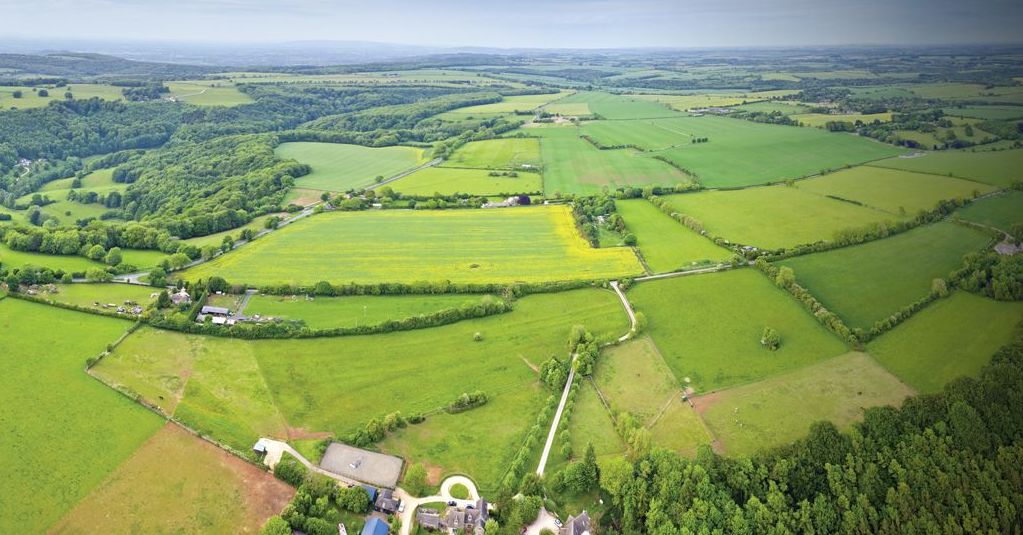
The Government has set an ambitious target of building 300,000 new homes a year by the mid-2020s to be able to cope with demand. In 2018-19, they achieved 241,130 which is still some way short.
One of the biggest blockers is finding available land, so if you are a landowner, now could be the right time to cash in on your plot if it has development potential. The key question is, how do you know?
Here are three areas that you should think about:
- What’s The Local Planning Policy?
Local Plans are at the heart of the planning system and set out a vision and framework for the development of an area. They include a proposals map showing what sort of development is allowed in different areas, as well as a written statement with more detailed policies.
These plans are used as the basis for determining all planning applications. To assess the development potential of your land, you will first need to clarify the current planning status of your land and the site allocations and policies contained in the Local Plan.
The plans are prepared by the local planning authority in consultation with the public, which provides an opportunity for your land to be promoted through the planning system. You will need to know the timetable for consultations to ensure you are engaging with them as they arise.
You can also find out what sites have been granted planning permission in your area. Planning officer reports are available on the local planning authority’s website and set out the key planning considerations when assessing each site.
- Can You Build Under Permitted Development?
With the Government encouraging the creation of more housing, permitted development rights have recently been increased. Under permitted development, existing buildings – such as offices, barns, shops and light industrial buildings – can be converted into homes without the requirement of an application for planning permission.
There are a range of limitations which apply to these permitted development rights, and each use proposed to be changed has a different set of conditions which must be adhered to. Likewise, there may be further restrictions and exclusions that do not allow you to implement the change of use, for example Listed buildings or properties within a conservation area.
Even if planning permission is not required, some changes of use are subject to a prior approval procedure with the local planning authority. This seeks approval of various matters, dependent on the nature of the use, but might typically include matters relating to parking and highways, flooding, and contaminated land.
The Planning Portal website contains useful information on permitted development, including a useful summary of the permitted changes. Your local planning authority will also be able to inform you on whether development of your land and buildings may or may not be permitted or if you need planning permission.
- Does Your Site Have Development Constraints?
As well as the principle of development on your site, you also have to consider whether development of the site is technically deliverable. Are there any major site constraints or barriers to development? There are lots of different factors to consider, but some important checks include potential flooding, land contamination and land ownership.
Flood zones are used within the planning process as a starting point in determining how likely somewhere is to flood. Different types of development are classified as being either acceptable or unacceptable for each of the flood zones, so it’s important to check what flood zone your land resides in.
Land contamination is generally associated with previous industrial/commercial use on the site or on an adjacent site. The possibility of presence of land contamination should always be considered where the proposed development is particularly sensitive and/or vulnerable to land contamination. Remedying any contamination can be costly and will therefore significantly affect the value of your land.
Unregistered land, restrictive covenants, boundary problems, easements or rights of way all have an impact on the ability to develop your land too.
Let Us Help
Working through these details is expensive and needs a lot of specialist knowledge. That’s one of the reasons why so many landowners choose to work with a developer like LW Developments. We work with landowners to deliver planning permission on their behalf at our cost and risk. Our return is a share of the value of the site once it is sold with planning. If we don’t succeed, it doesn’t cost you anything.
Dean Williamson MRICS
Director
